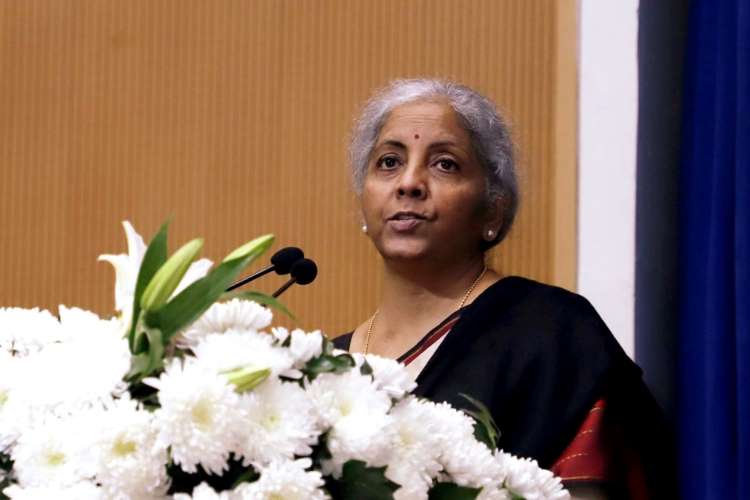The spectre of inflation has returned to haunt the Indian economy. The heady mix of runaway inflation and high interest rates make a lethal combination that can upset finance minister Nirmala Sitharaman’s efforts to put the economy back in the high-growth orbit. The last time India witnessed a similar episode was during the UPA-II period in 2009 under the watch of Dr Manmohan Singh and P Chidambaram.
The Union government understands the gravity of the situation and has taken a number of steps to rein in prices. Earlier this week, officials told a news agency that the government may spend an additional $26 billion (Rs 2 lakh crore) in the current financial year to shield the consumers from the impact of inflation. The government had incurred a revenue loss of around $13 billion (Rs 1 lakh crore) last week by cutting duties on petrol and diesel, a measure that could help bring down the rising inflation that hit a 17-year high in April.
The government is also planning a cut in import duties of essential items such as edible oil to cushion the impact of inflation. The government expects to reduce inflation by up to 70 basis points through this measures. The wholesale price inflation hit a record level of 15.1% in April, while the retail inflation rate was 7.79% for the month.
READ I Runaway inflation may leave RBI with Hobson’s choice
Imported inflation haunts Indian economy
The imported inflation is raising its ugly head once again. High prices of vegetables (23.24%), potatoes (19.84%), wheat (10.7%), and commodities are the major contributors of the current episode of high inflation. The high wholesale prices will be passed on to the consumers in the next few months, which could have a devastating effect on the economy, irrespective of the pronouncements of policy makers. The hardening of fuel and power inflation to 38.7% in April is sending ominous signals for consumers and the Indian economy that is affected by the Covid-19 pandemic and the Russia-Ukraine conflict.
The Narendra Modi government has taken some proactive steps to address the woes of consumers and the salaried middle-class. This is evident in the repo rate hike of 40 basis points and an increase in the cash reserve ratio. Another round of rate hikes is anticipated from the monetary policy committee meet on June 6-8. The market has already factored in a 50-75 basis points increase.
Pulling retail inflation below the RBI’s comfort level of 6% will be the first target of the RBI and the Union government. Nirmala Sitharaman, on her part, began rolling out measures to counter inflation in November 2021 when excise duty on diesel and petrol were slashed.
READ I Timely action on inflation needed to avert hard landing
Food, fuel and fertilizer subsidies form a big chunk of Nirmala Sitharaman’s budget that projected a total spending of Rs 39.45 lakh crore ($ 527 billion) for the current year. She will have to consider tinkering with subsidies to negate the impact of high input costs due to elevated global commodity prices. While the cost push has led to high inflation globally, easing demand may bring in some respite.
Then, the war on inflation will require sacrifices in terms of economic growth. The finance minister and the RBI governor may have to content with a GDP growth rate much lower than the projected 7.5%. While India should not risk stagflation or recession, a fresh round of cuts in taxes on fuels may be needed to cool down inflationary pressures. Both the Union and state governments may have to act on this front. Foregoing revenue may be the key to taming inflation.
Fortunately, buoyant money and equity markets and continued demand for goods and services have kept the industrial manufacturers and service providers on their toes. As the rate hikes seep in, slowing demand may make the situation trickier in few months from now.
There’s very little elbowroom for the government to rejig the goods and services tax (GST) rates. In any case, cuts in GST rates can be done only in consultation with state governments that are already under tremendous pressure on the revenue front.
The Union government should learn from the disastrous policies of the UPA-II period. At the G-20 in 2009, US President Barrack Obama famously said that world leaders can lean on the wisdom of Dr Manmohan Singh to steer their economies out of the woods. Well, we don’t know if Dr Singh’s prescriptions worked for other countries, but they did not work for India. The country faced economic turmoil due to a policy paralysis that became the hallmark of the UPA-II regime.
(The author is Director and Chief Executive of the Centre for Integrated and Holistic Studies, a New Delhi-based think tank. Views expressed are personal.)

